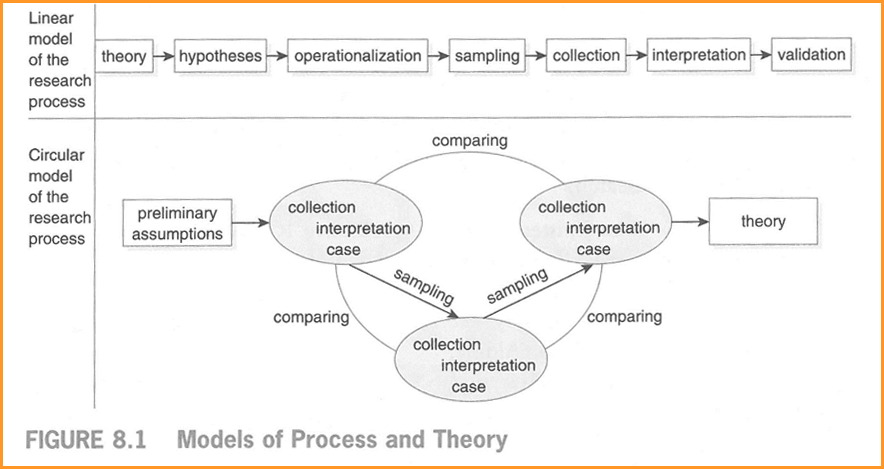Research Design
1. The appropriate use of methods and theories
The use of methods and theories needs to fit with the complexity of the topic/social phenomenon being studied. “What you want to study” determines the method you are going to use.
2. Perspectives of participants and their diversity
Qualitative researches should demonstrate a variety of perspectives on the research subjects and “start from their subjective and social meanings”. For instance, a research on stressed academics in higher education could be started by investigating their perspectives on their job status; their daily struggle in work-life balance; pressure of publishing; and how their stress from work affect their social interactions with others (colleagues, family members or students). A qualitative researcher study their researched participants (i.e. stressed academics) in a particular context (higher education) which gives non-researchers a better understanding of the group of researched participants.
3. Reflexivity of researcher and the researched participants
Qualitative methods involve the interaction of researcher and the researched participants, and the data obtained is a co-construction. Researchers need to be reflexive on their behaviours and responses when interpreting the empirical data.
4. Variety of approaches and methods in qualitative research
Various approaches can be adopted to conduct qualitative research. For instance, you can take different theoretical positions when conducting qualitative researches, like feminism, post-structuralism, or constructionism etc.
Research as a dynamic process
It is not easy to divide the qualitative research into clearly separated phases since all the parts of the research process are interlinked like a cycle. Flick’s circular model (2009, p.95) may help us make sense of the dynamic research process.

 Know More
Know More
| Flick, U. (2009). “Qualitative Research: Why and How to do it?”, in An introduction to qualitative research. pp.11-22. Los Angeles: SAGE. |
|---|
